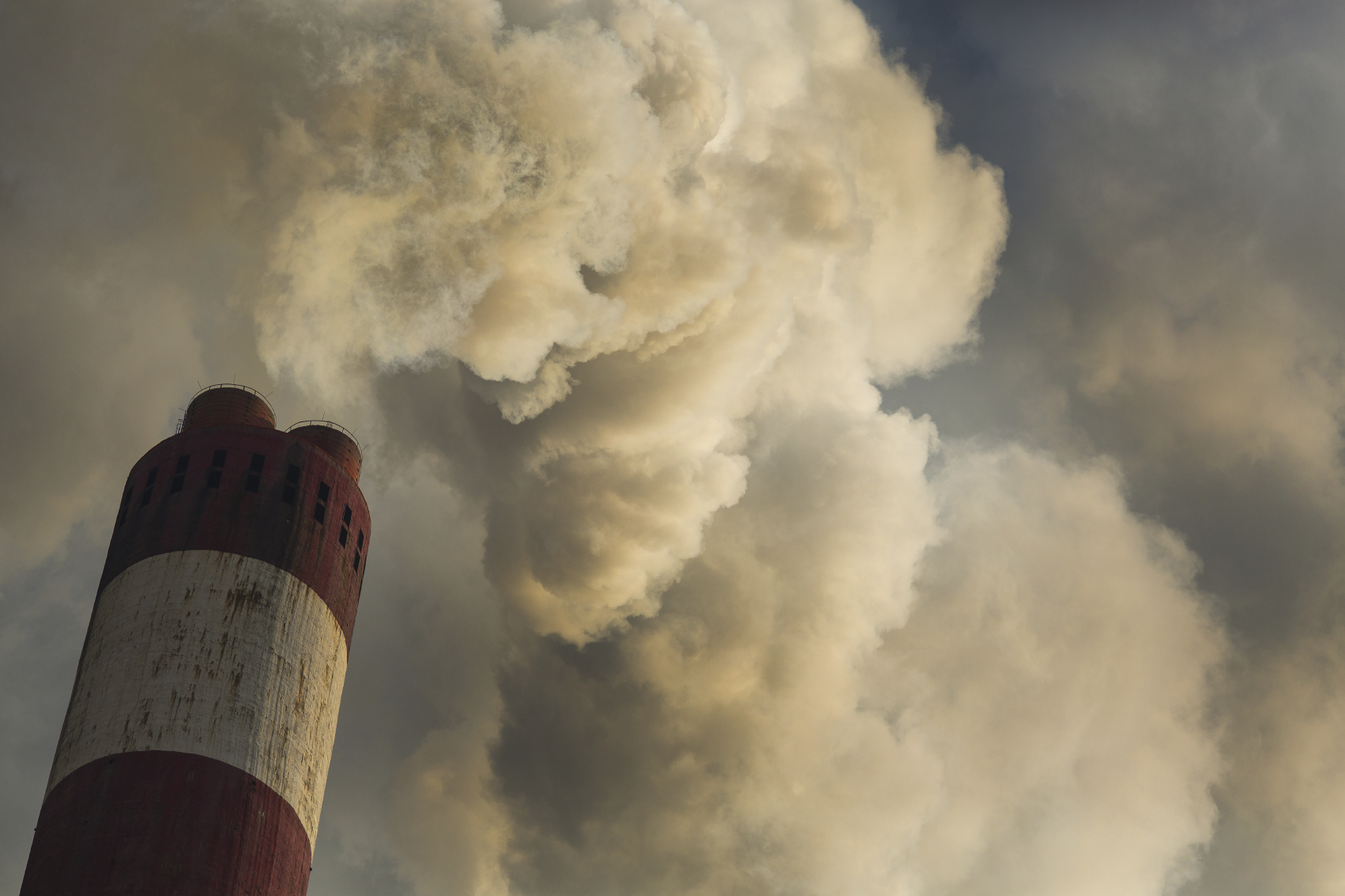
Most often, industry turns to thermal oxidizers to destroy air pollutants. This “Let’s Burn It!!” brute force approach basically uses heat to break down airborne pollutants (hydrocarbons) into water and carbon dioxide. Lately, there has been interest in a much more elegant pollution solution: Biofilters. Rather than burning airborne contaminants, they can instead be fed to bacteria which break down the hazardous chemicals into elemental, non-hazardous components. Admittedly, ‘elegance’ may not be the descriptor of choice for a system that feeds polluted air through a “bug-farm” of bacteria-laden compost. Regardless, companies that are pioneering these types of systems are proving their logistical and economic viability, and are reaping the rewards.
Nuts and Bolts…and Bugs?
Biofilters work in much the same way as thermal oxidizers; but unlike thermal oxidizers, biofilters oxidize airborne pollutants with low-temperature biologic metabolism rather than high-temperature energy-intensive combustion.
Here’s how it works: Contaminated exhaust from industrial processes is pre-treated to maintain the proper moisture and temperature, and to remove particulates. The air is then forced through a mass of compost-like material that has been carefully stocked with a particular blend of bacteria. The airstream can then be vented to the atmosphere.
Money Doesn’t Grow on Trees…
. . . But it can in biofilters. Biofilters use significantly less energy than typical thermal oxidizing equipment. In general, a large amount of heating fuel is required to keep thermal oxidizers at operating temperatures of typically 1600 degrees F. In a biofilter, virtually no heating fuel is required. For example, a 20,000 cfm thermal oxidizer that has a heat recovery efficiency of 90% would use on the order of 10 therms per hour. If used continually, this could add up to around $60,000 annually at current gas costs of about $7/MMBtu.
As with any emerging technology, there are significant benefits as well as limitations with the application of biofiltration systems.
Benefits:
- Wide range of sizes – up to 300,000 cfm systems have been proven
- Low operating costs – low pressure-drop fan energy is the only significant energy use
- Safe – no high temperature operation, so no risk of fire or explosions
- Long life – in part due to normal operating temperatures
- Emissions can meet regulated destruction efficiencies, as well as reduced carbon dioxide production and no NOx or SOx (unwanted combustion byproducts)
No Silver Bullet
Of course, there are some limitations. Biofilters are not simply mechanical systems that can be switched on and off at will. They contain living organisms that require specific conditions at all times to remain healthy. This presents unique challenges for those designing and operating these systems. Air temperature must remain slightly above room temperature, and moisture must be added to ensure a high relative humidity. The type and concentration of pollutants in the airstream must also remain the same-24 hours per day, 365 days per year. If deviations in any of these conditions are too great, the health of the bacteria could suffer, reducing the biofilter’s effectiveness. Additionally, these systems generally require larger footprints than comparable thermal oxidizer equipment.
Here to Stay
So, biofilters are not perfect, but there are significant rewards to be reaped with the proper application and careful operation. Even with current installation costs, the return on investment resulting from installing biofilters has been favorable enough for many facilities to pioneer this technology. It appears that these systems are here to stay.



